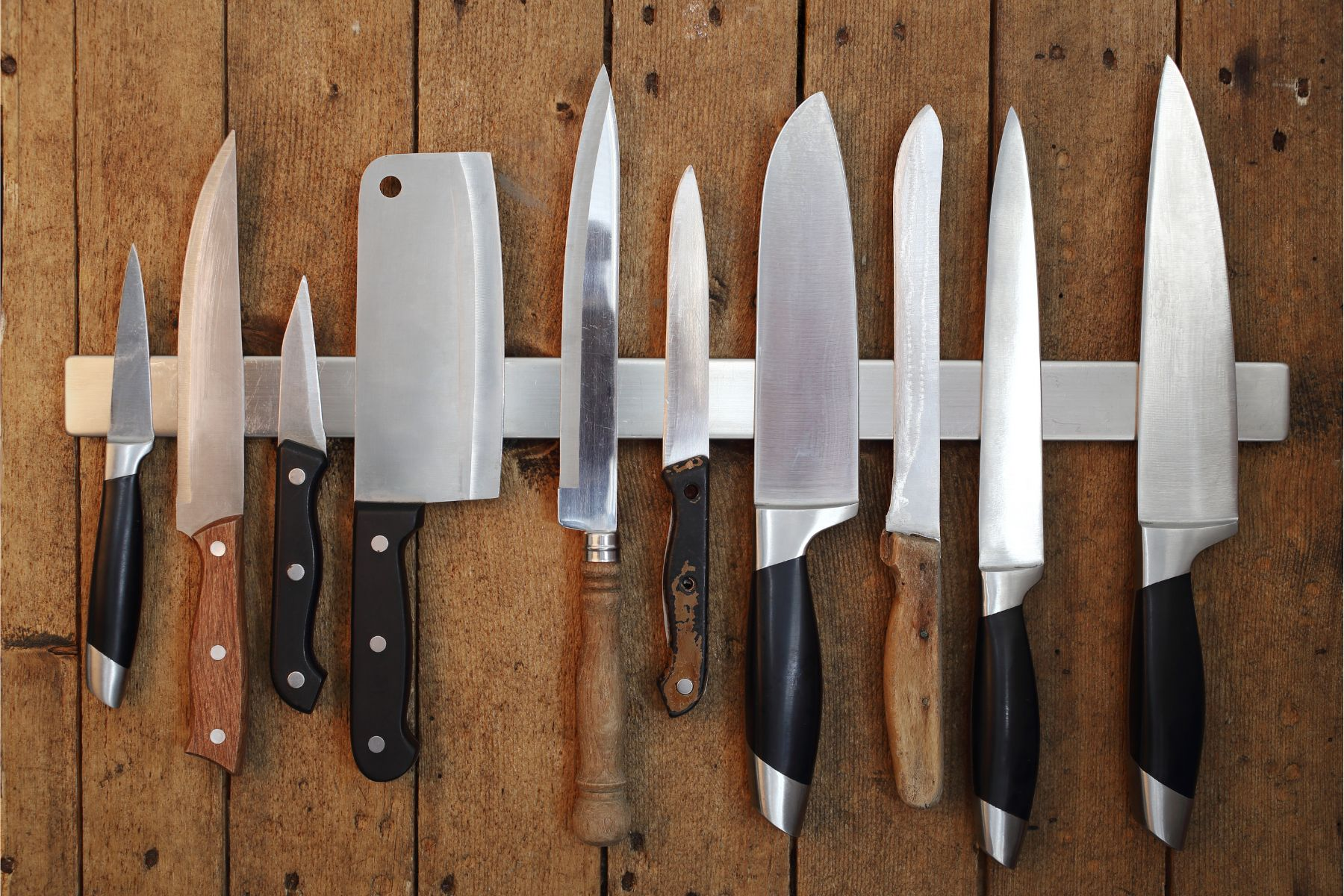Essential Guide: Types of Knives and Their Uses
Welcome to our comprehensive guide on the myriad types of kitchen knives and their specific uses. Whether you're a seasoned chef or a home cook, understanding the various types of knives available can transform your culinary experience. From the versatile chef knife to the precision of paring knives, each type of knife has its unique role in the kitchen.
Introduction to Knife Varieties
In the world of culinary arts, kitchen knives are as essential as the ingredients. Knowing the right type of knives to use for specific tasks can not only make your cooking more efficient but also safer and more enjoyable. This section introduces the diverse range of knives available and their significance.
Kitchen Knife Types: A Comprehensive Overview

Dive into the realm of culinary tools with a focused exploration of diverse kitchen knife types.
Chef Knife: The Multi-Purpose Master

The chef knife, often referred to as a cook's knife, is renowned for its versatility. With a slightly curved blade typically ranging from 6 to 12 inches, this type of knife is ideal for a variety of tasks, from chopping herbs to slicing meats. Its sharp edge and balanced weight make it a staple in any kitchen.
Utility Knife: The Versatile Choice

Utility knives are the middle ground between a chef's knife and a paring knife. Featuring a narrow blade of 4 to 7 inches, utility knives excel in tasks that are too small for a chef knife but too big for a paring knife. This makes them essential for slicing smaller fruits and vegetables.
Cleaver: For Heavy-Duty Tasks
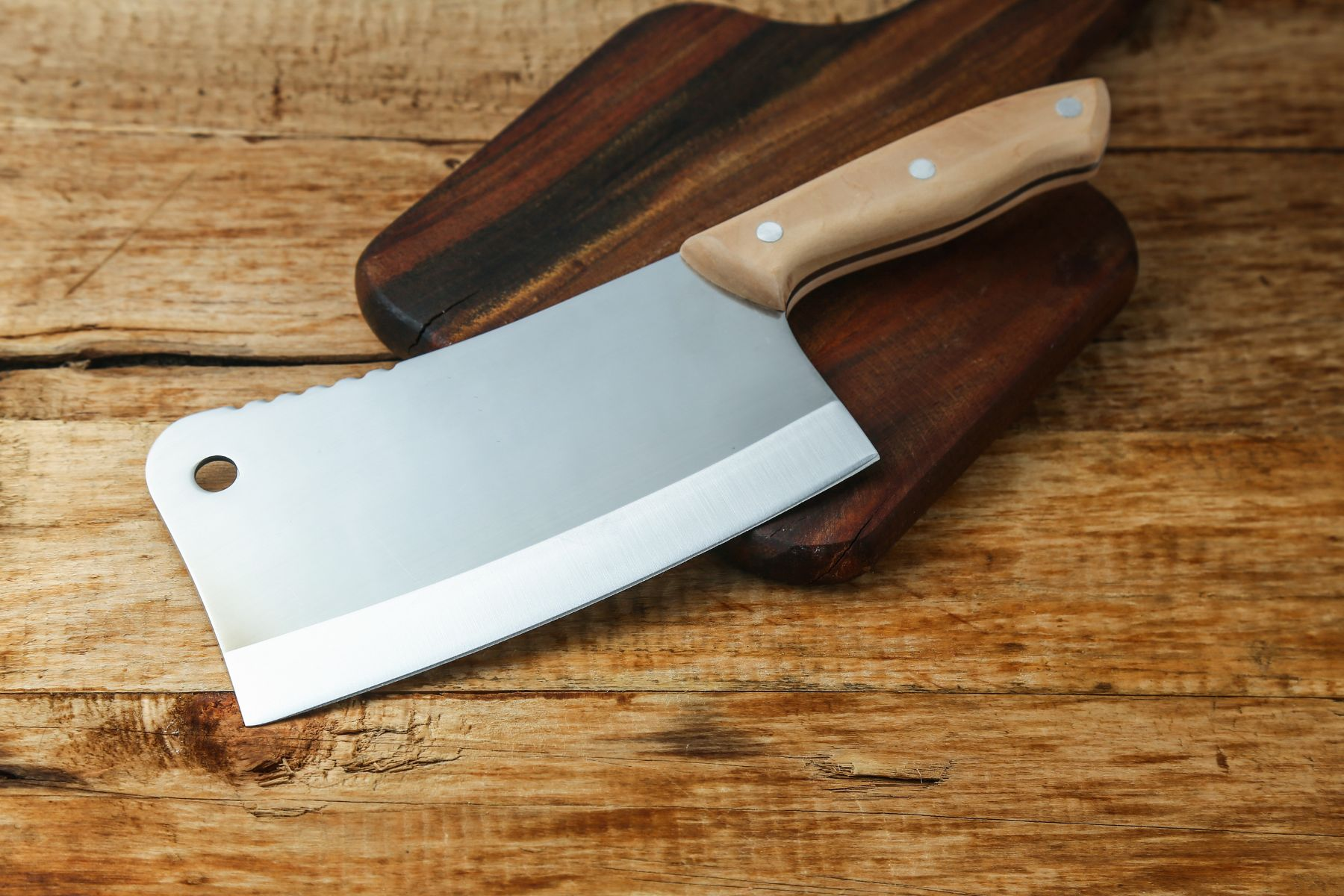
A cleaver, with its thick and heavy blade, is the go-to knife for tough tasks like chopping through bones or hard vegetables. The broad side of the blade can also be used for crushing garlic or other ingredients.
Paring Knife: The Precision Tool
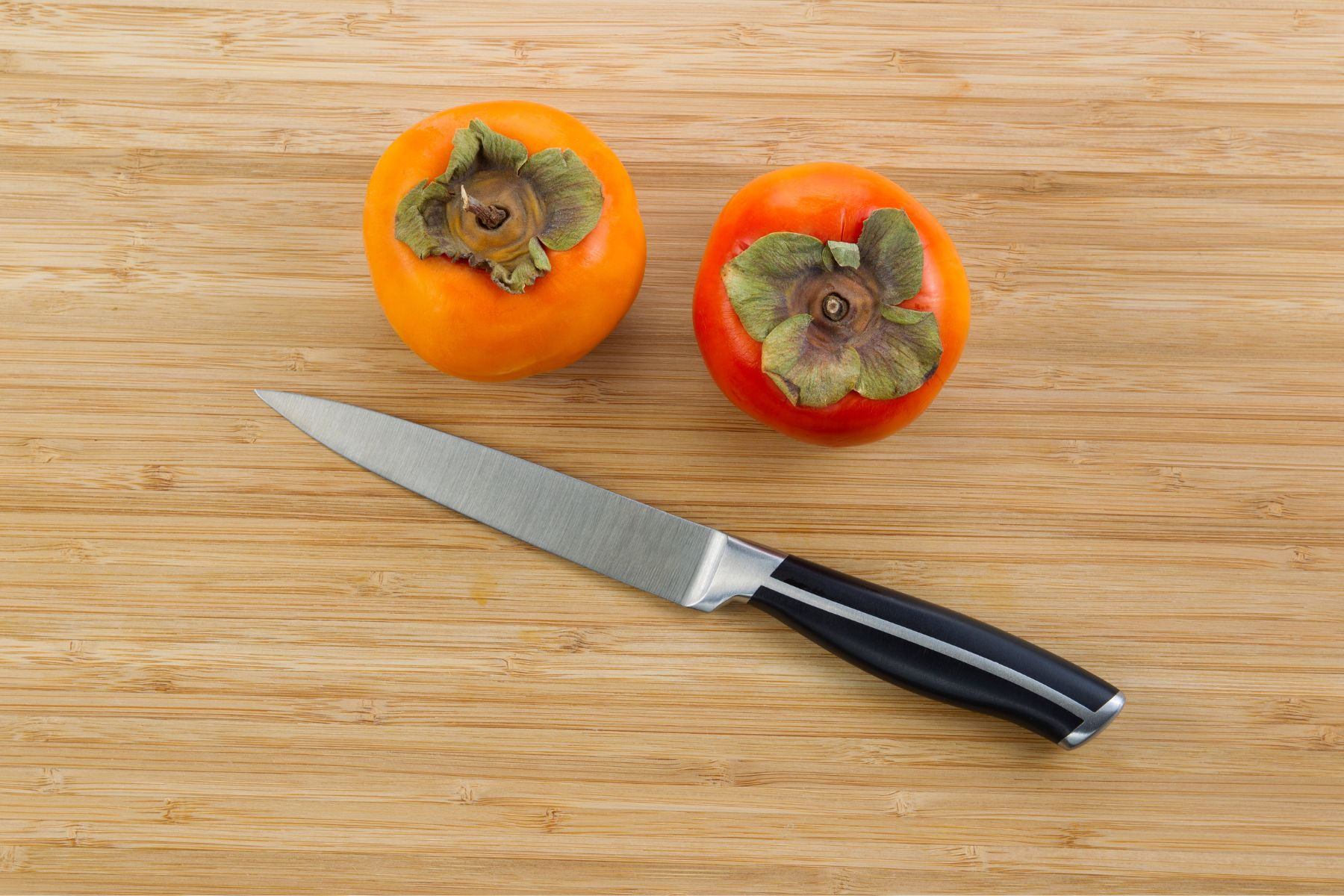
Paring knives, with their small and sharp point, are perfect for peeling and other intricate work like deveining shrimp or removing seeds from fruits. An ideal paring knife usually has a 3 to 4-inch long blade.
Butcher Knife: A Meat Lover’s Ally
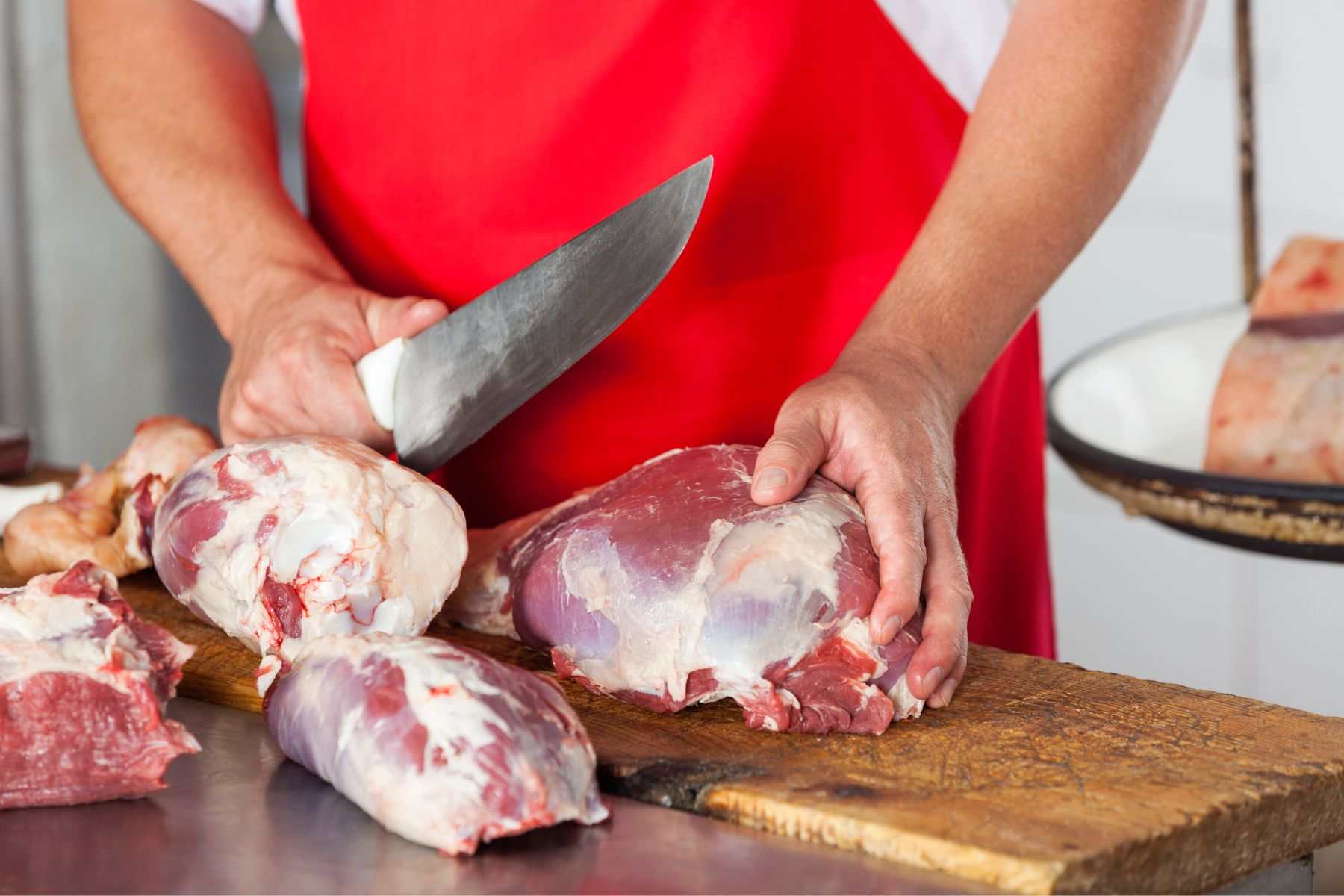
The butcher knife is designed for preparing meat. With a curved blade that's typically 6 to 8 inches long, it allows for seamless cutting through meat and tendons, making it a favorite for butchering tasks.
Bread Knife: Slicing with Ease

Bread knives stand out with their serrated edge, making them perfect for cutting through crusty loaves without crushing the soft interior. A typical bread knife has a blade length of 8 to 10 inches, ideal for uniform slicing. The serrated blade also makes it suitable for other foods with a tough exterior and soft inside, like tomatoes.
Boning Knife: Expert in Deboning
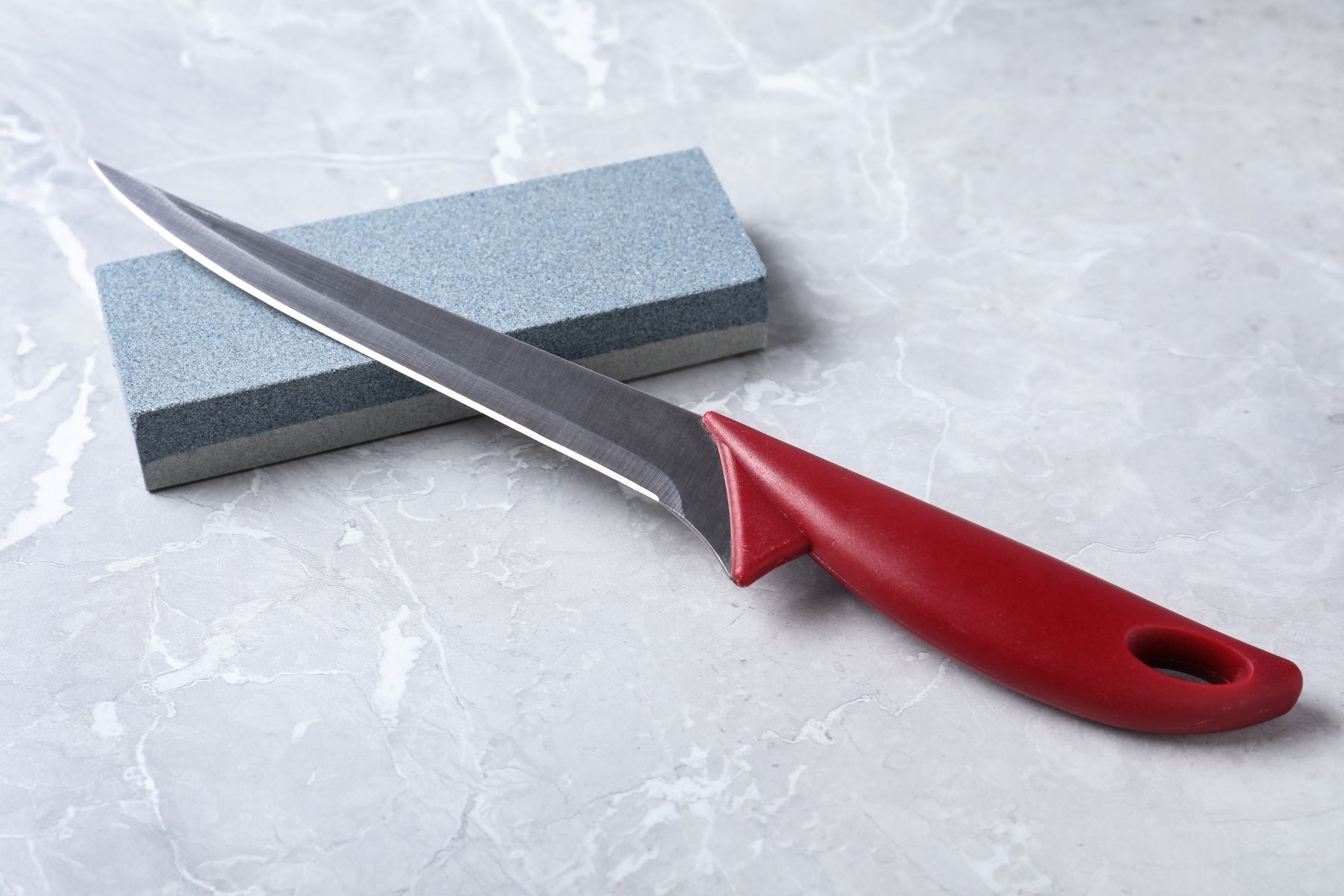
Boning knives, with their flexible blade and sharp point, are designed to separate meat from bone. The narrow blade, usually 5 to 6 inches long, provides precision and control, making it easier to navigate around bones and joints. It's an essential tool for preparing meat and poultry.
Oyster Knife: Seafood Special
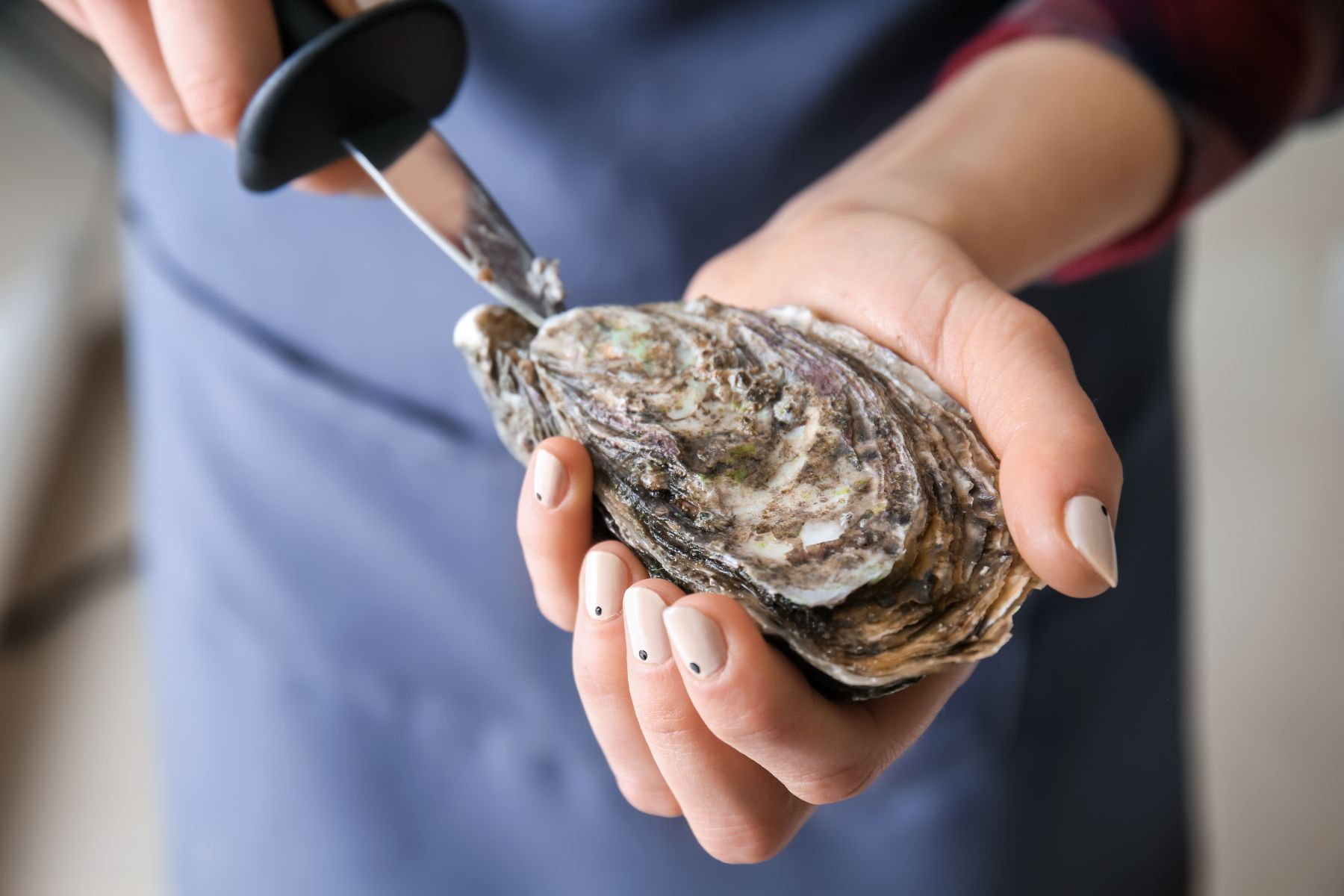
An oyster knife is a small knife with a thick, short blade, used specifically for prying open oysters and removing their meat. Its design ensures safety and efficiency in dealing with the tough shell of an oyster.
Carving Knife: For Perfect Slices

Carving knives have a long, narrow blade with a sharp point, ideal for slicing thin cuts of meat. The length of the blade, which can be up to 15 inches, allows for long, smooth slicing motions, making it perfect for carving roasts, turkey, and ham.
Cheese Knife: Specialty Slicing
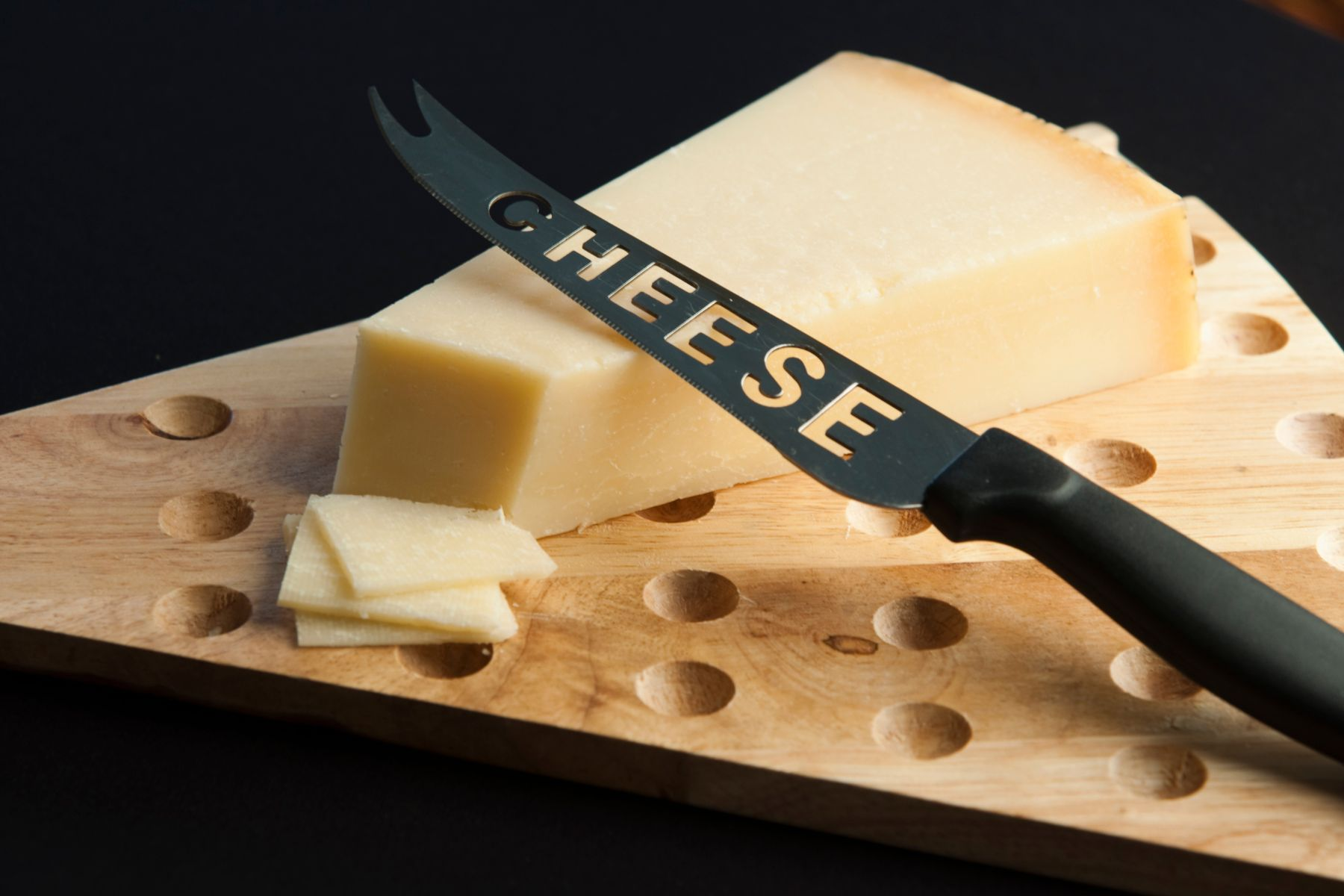
Cheese knives come in various shapes and sizes, each designed for different types of cheese. Soft cheeses require knives with holes in the blade to prevent sticking, while hard cheeses need a sturdier knife with a very sharp edge.
Santoku Knife: The Japanese Classic

The Santoku knife, a Japanese all-purpose kitchen knife, features a flat blade and a slightly curved edge. Its unique design makes it excellent for chopping, slicing, and mincing. The Santoku knife's versatility makes it a popular choice in both professional and home kitchens.
Nakiri Knife: Vegetable Cutting Pro
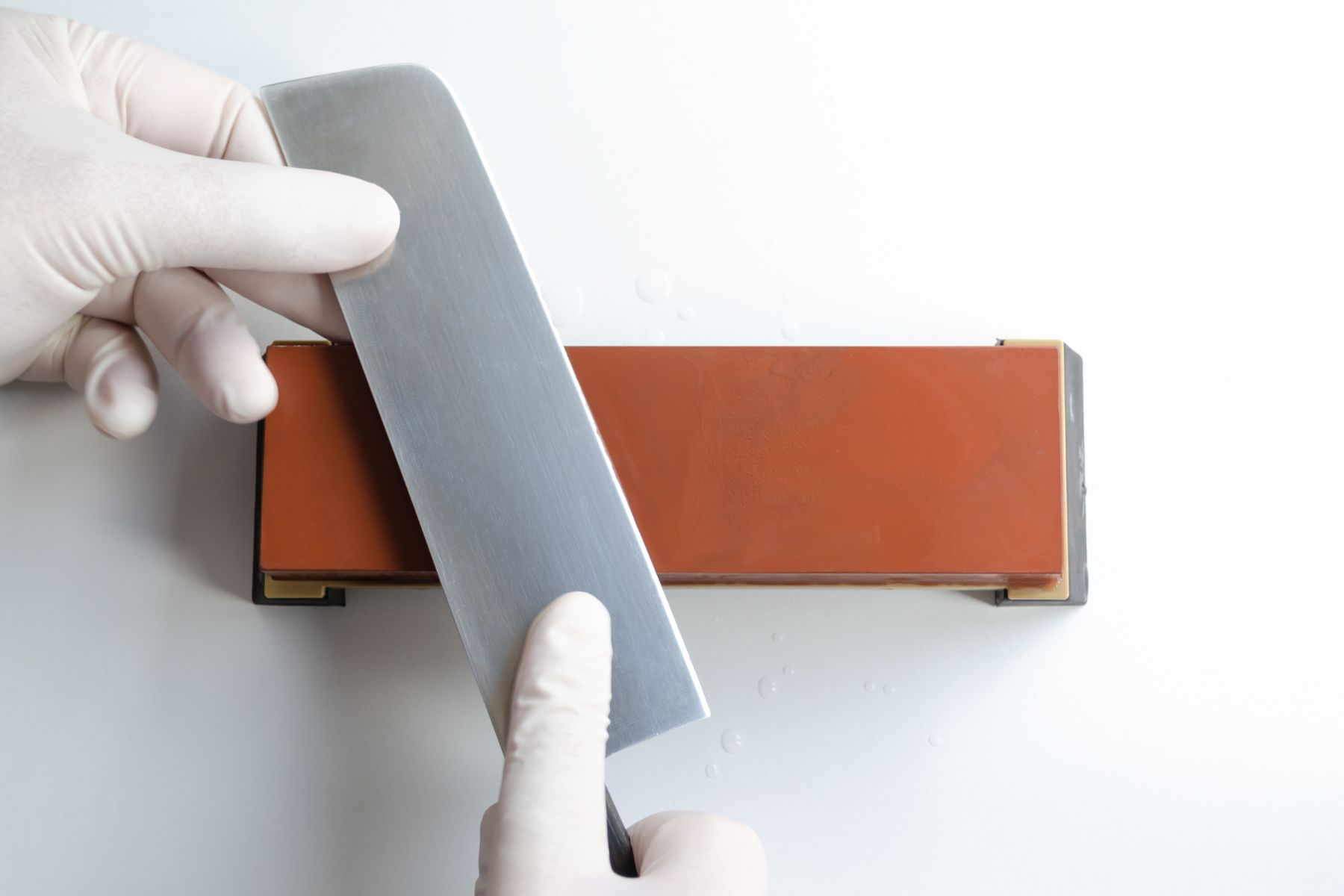
Nakiri knives are Japanese knives designed specifically for cutting vegetables. They feature a straight, rectangular blade that allows for easy chopping without needing to push or pull the knife.
Tourne Knife: For Intricate Cuts
Also known as a bird's beak knife, the tourne knife has a short, curved blade that's ideal for creating decorative cuts or for peeling round-shaped vegetables and fruits.
Breaking Knife: Breaking Down Large Cuts
A breaking knife is used primarily in butchering to break down large cuts of meat into smaller portions. Its long, curved blade helps in making clean cuts through thick meat.
Cimeter Knife: The Curve Expert
The cimeter knife, with its long and curved blade, is perfect for slicing through large pieces of meat. Its design allows for precise and smooth cuts, making it a favorite in butcher shops.
Types of Table Knives and Their Elegance
Explore the diverse world of table knives, each exuding its unique elegance and functionality in dining settings.
Butter Knife: Spreading Made Simple
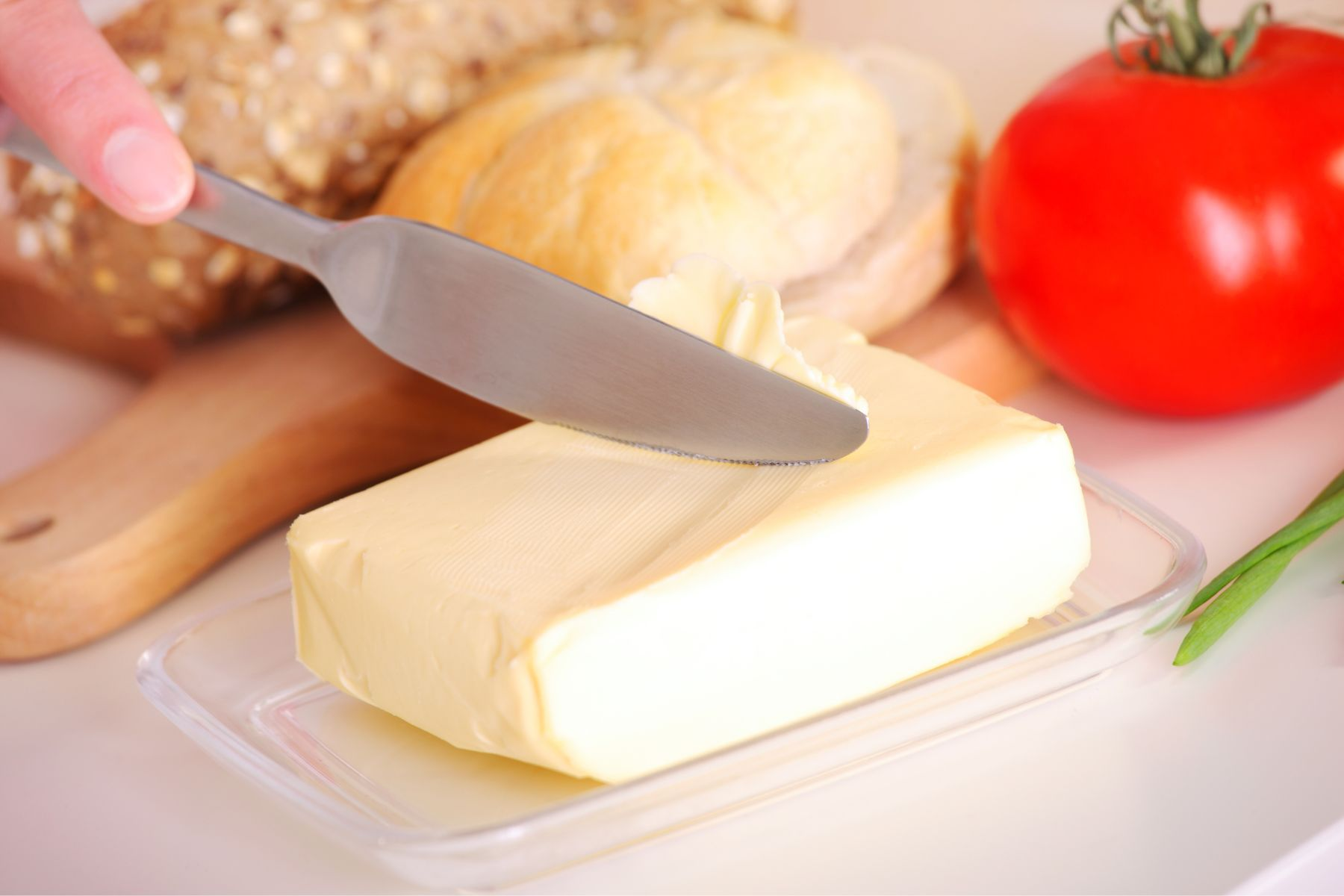
The butter knife is a non-cutting tool used mainly for spreading. With a rounded, blunt edge, it's perfect for spreads like butter, jams, and soft cheeses. Butter knives are a staple in any dining set for their utility in a variety of meals.
Steak Knife: Essential for Meat Lovers
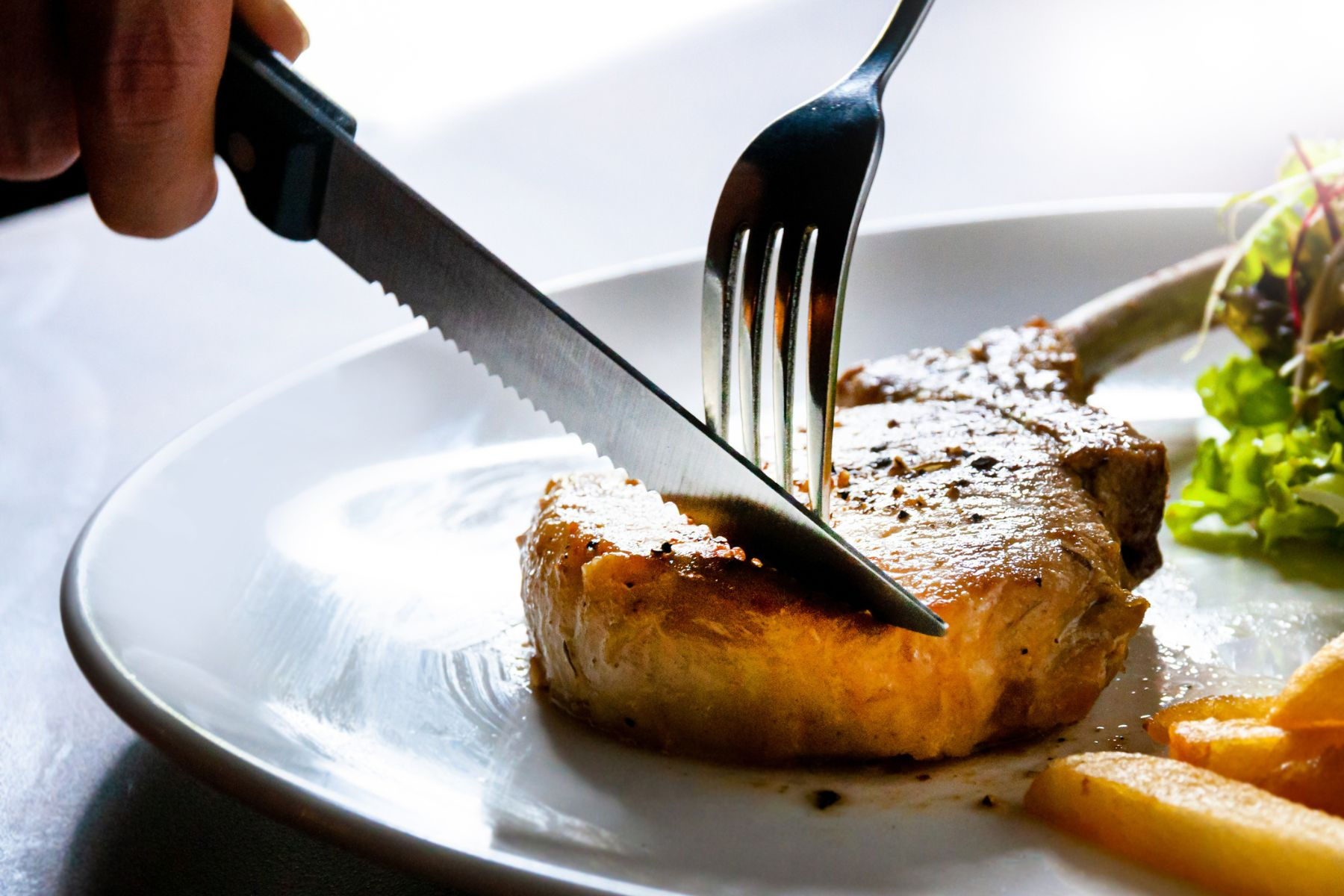
Steak knives are designed with a serrated edge or a very sharp straight edge to easily cut through cooked meats. These knives are a must-have at any table serving meat dishes, providing a smooth cutting experience.
Fish Knife: Delicate and Precise
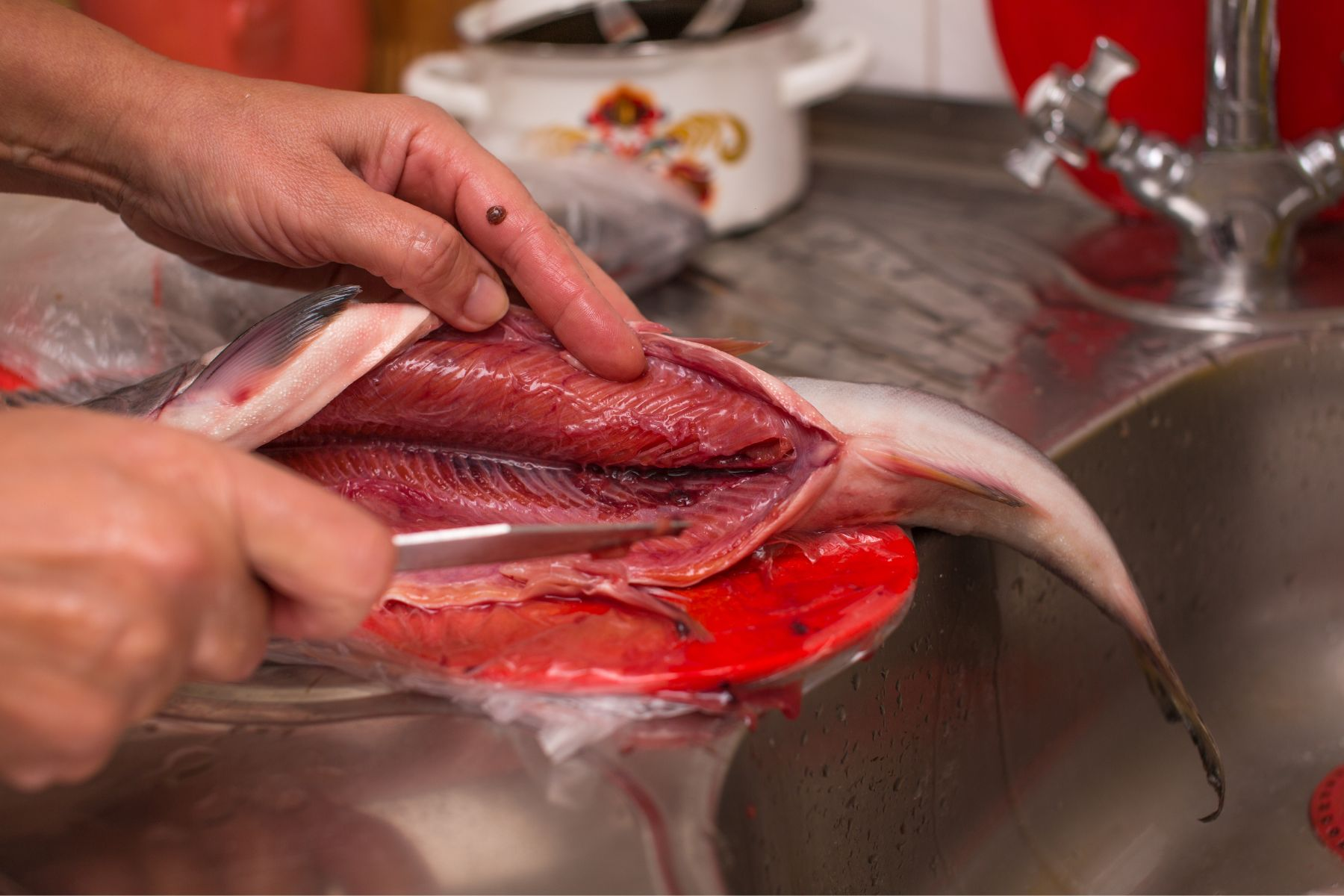
Fish knives have a special design with a narrow and flexible blade, ideal for filleting and eating fish. The blade's flexibility allows for precise cuts, making it easier to separate the fish flesh from bones.
Dinner Knife: The Dining Staple
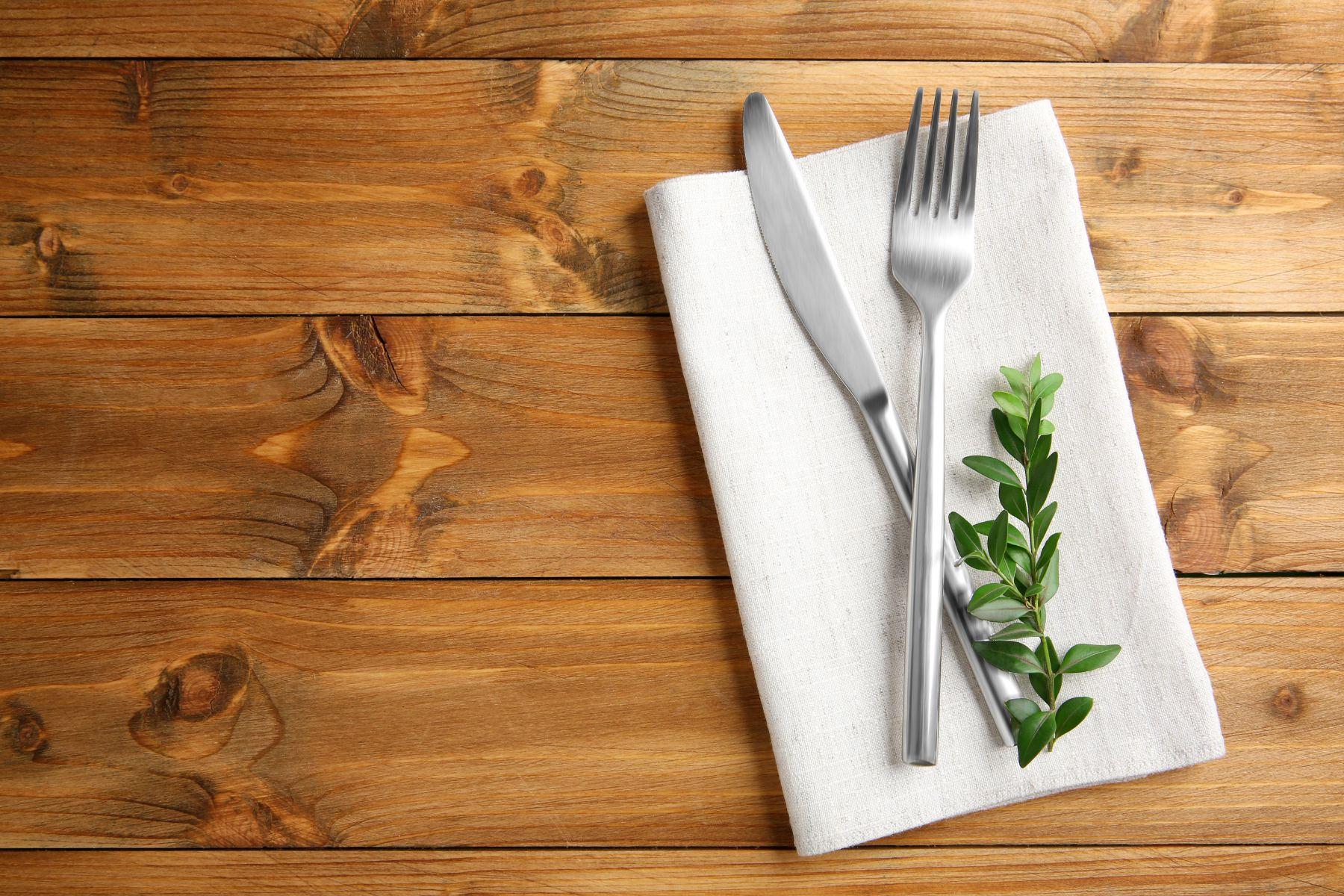
The dinner knife, usually part of a table cutlery set, has a slightly serrated edge and is used for general dining purposes. It's designed to cut through most general foods served at the dinner table.
Dessert Knife: Sweetness in Every Slice
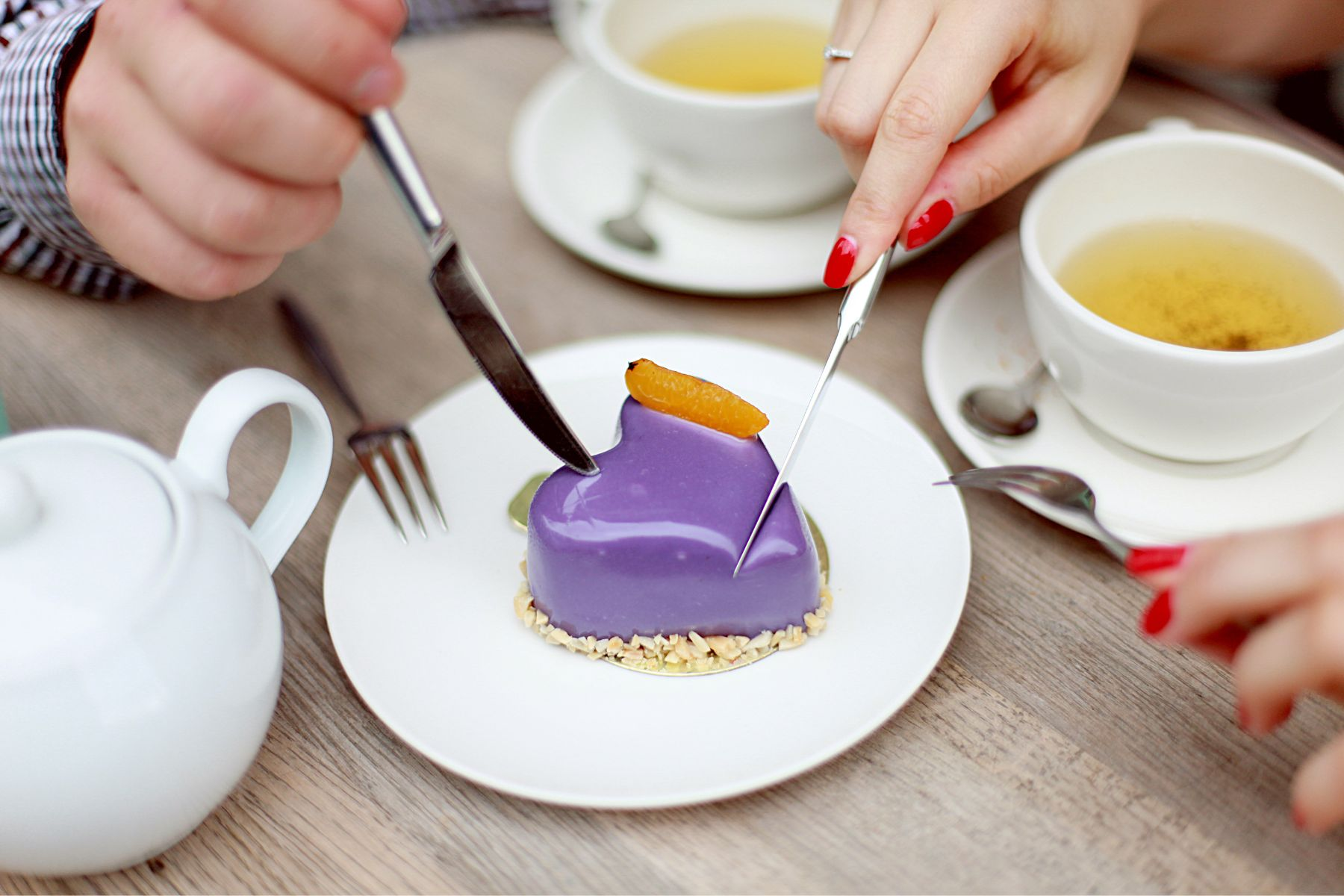
Dessert knives typically have a smaller and narrower blade than dinner knives. They are used for cutting through soft desserts like cakes or pastries and are a delightful addition to any dessert service.
Understanding Knife Anatomy
Knowing the different parts of a knife is crucial for understanding its functionality. The main parts include the blade, handle, edge, and tip. Each part plays a significant role in how the knife performs in cutting different types of food.
Choosing Your Blade: Carbon Steel vs Stainless Steel Knives
Navigate the culinary realm with precision as we delve into the choice between Carbon Steel and Stainless Steel knives, unlocking the secrets behind their distinct blades.
Carbon Steel Knives: The Pros and Cons
Carbon steel knives are known for their sharpness and precision. They can hold a very sharp edge but are prone to rust and require more maintenance. For those who prioritize sharpness and are willing to maintain it, carbon steel blades are an excellent choice.
Stainless Steel Knives: Durable and Reliable
Stainless steel knives are less likely to rust or discolor, making them a more durable option for many. Though they may not hold an edge as well as carbon steel, they are much easier to maintain, making them a popular choice in many kitchens.
Forged vs Stamped Knives: Which Type Suits You?
The Craftsmanship of Forged Knives
Forged knives are created through a process of heating and hammering metal. This results in a sturdy and heavy knife, which many chefs prefer for its balance and durability.
The Efficiency of Stamped Knives
Stamped knives are cut out from a large sheet of metal and then sharpened and finished. They are typically lighter and less expensive than forged knives, making them a great option for everyday use.
Knife Edges and Their Roles
Understanding the different types of knife edges is crucial for selecting the right knife for the job.
Exploring Knife Edge Varieties
Knife edges vary greatly, each designed for specific tasks. The most common types are the straight edge, serrated edge, and Granton edge. The right edge can make a significant difference in the efficiency and outcome of your cutting.
Granton, Straight, and Serrated Edges
-
Granton Edge: This edge has hollowed-out grooves along the blade, which help in reducing friction and sticking when cutting.
-
Straight Edge: Offers a clean cut and is ideal for precision slicing. It's excellent for cutting vegetables and finely chopping herbs.
-
Serrated Edge: Ideal for cutting through foods with a tough exterior and soft interior, like bread or tomatoes, without crushing them.
Knife Handle Styles: Comfort and Control
The handle is as important as the blade. It dictates the knife’s balance, grip, and overall feel.
Plastic, Wood, and Stainless Steel Handles
-
Plastic Handle: Lightweight and easy to clean, plastic handles are a practical choice for many chefs.
-
Wood Handle: Offers a classic look and comfortable grip but requires more maintenance to prevent damage from moisture.
-
Stainless Steel Handle: Durable and hygienic, stainless steel handles add weight to the knife, which some chefs prefer for balance.
Knife Maintenance: Ensuring Longevity
Proper care and maintenance are essential to keep your knives sharp, safe, and long-lasting.
-
Regular sharpening with a honing rod or sharpening stone.
-
Cleaning knives by hand instead of in a dishwasher.
-
Storing knives properly in a knife block or magnetic strip.
Kitchen Knife Storage Solutions
Proper storage is key to protecting your knives and extending their life.
-
Knife Blocks: Safe and convenient, allowing easy access.
-
Magnetic Strips: Save space and display your knives.
-
Drawer Inserts: Protects the blade edges and organizes your drawers.
The Art of Cutting a Pineapple: Knife Type Matters
Cutting a pineapple can be challenging, but with the right knife, it becomes an easy task.
Choosing the Right Knife Variety for Pineapple Cutting
A sharp chef's knife or a serrated bread knife is ideal for cutting through the tough exterior of a pineapple.
Techniques for Slicing, Dicing, and Coring
-
Slicing Off the Top and Bottom: Provides a stable base for further cutting.
-
Removing the Skin: Slice down the sides, following the pineapple's curve.
-
Removing the Eyes: Make diagonal cuts to create a spiral pattern.
-
Coring and Slicing: Cut the pineapple into quarters and remove the core, then slice or dice as desired.
Different Knives and the Best Uses for Each One
Each type of knife is designed for specific tasks in the kitchen.
-
Chef Knife: Ideal for chopping, slicing, and dicing a variety of foods.
-
Paring Knife: Best for peeling and other small or intricate work.
-
Bread Knife: Perfect for slicing bread without crushing it.
Knife Skills: Starting with the Basics
Developing fundamental knife skills is essential for any aspiring cook. Proper technique not only improves safety but also enhances your efficiency and precision in the kitchen.
-
Grip: Holding the knife correctly ensures control and precision.
-
Chopping Technique: Mastering the rocking motion for uniform cuts.
-
Safety Tips: Keeping fingers tucked away and using a stable cutting board.
Exploring the World of Knives: Beyond the Kitchen
Knives are not just kitchen tools; they are an extension of the cook’s skill. Understanding different types of knives opens a world of culinary possibilities.
-
Culinary Creativity: Using specific knives for artistic food presentations.
-
Cultural Significance: Exploring how different cultures use various knives in their cooking traditions.
Conclusion
In this guide, we’ve explored a wide range of types of kitchen knives and their uses. From the versatile chef knife to the precision of the paring knife, each type of knife plays a vital role in the kitchen. Understanding these roles not only enhances your cooking experience but also ensures safety and efficiency. We hope this guide helps you in choosing the right knife for your culinary needs and inspires you to further hone your knife skills.


